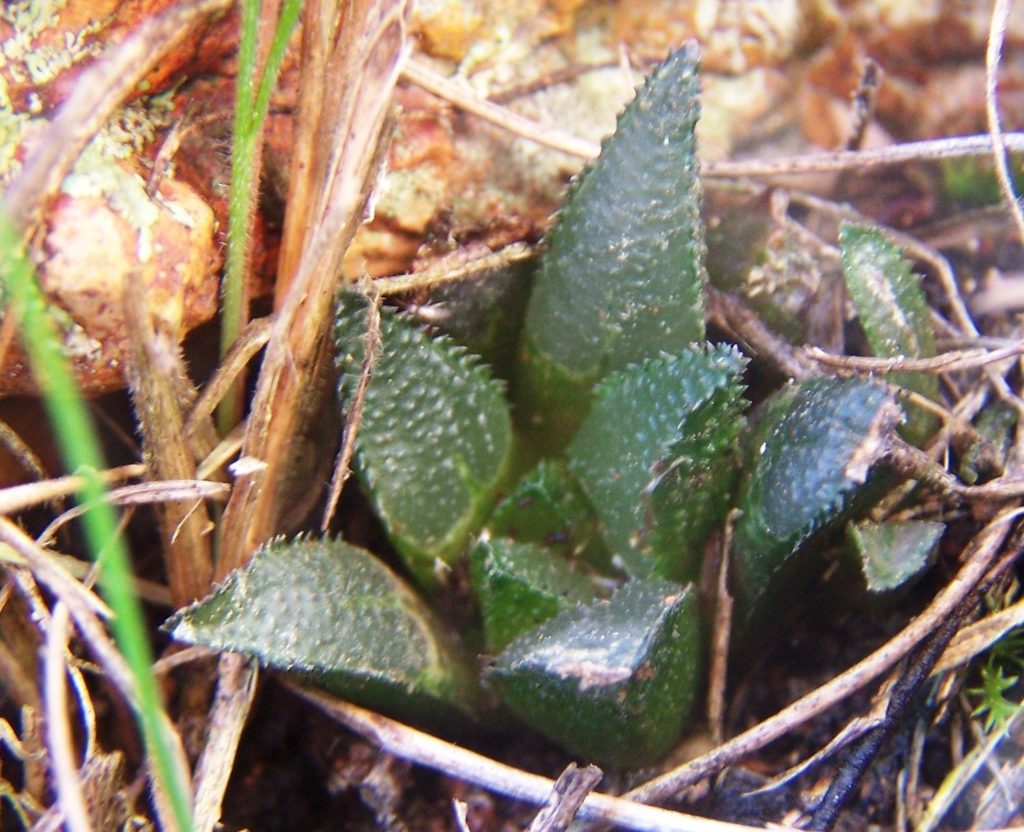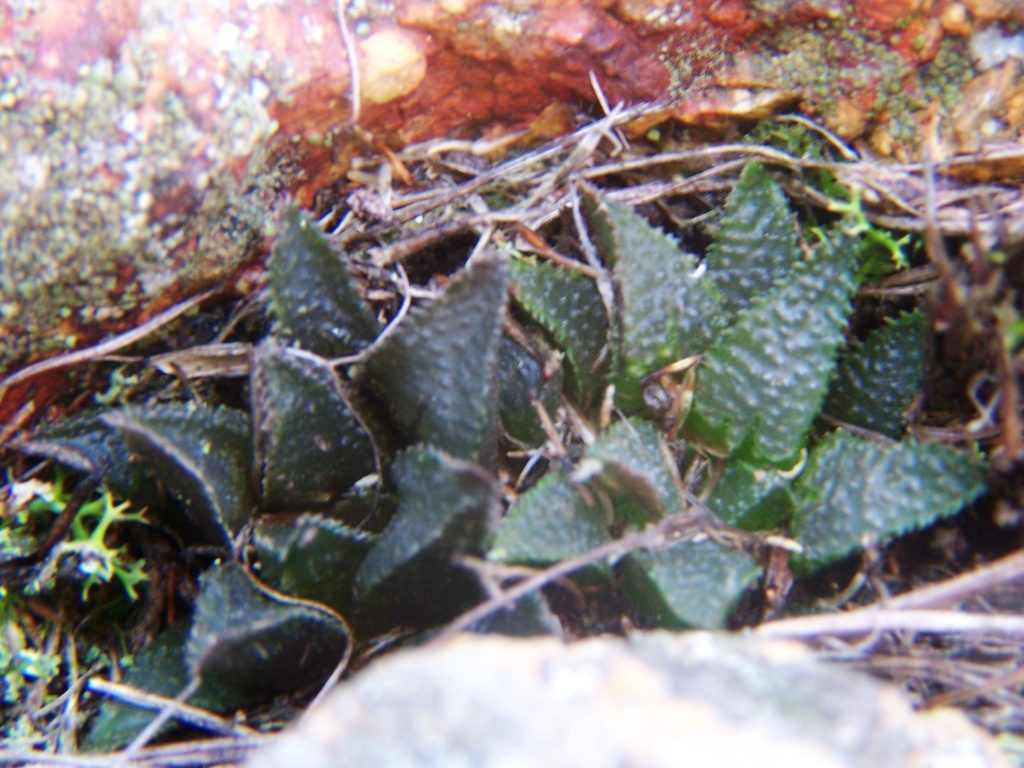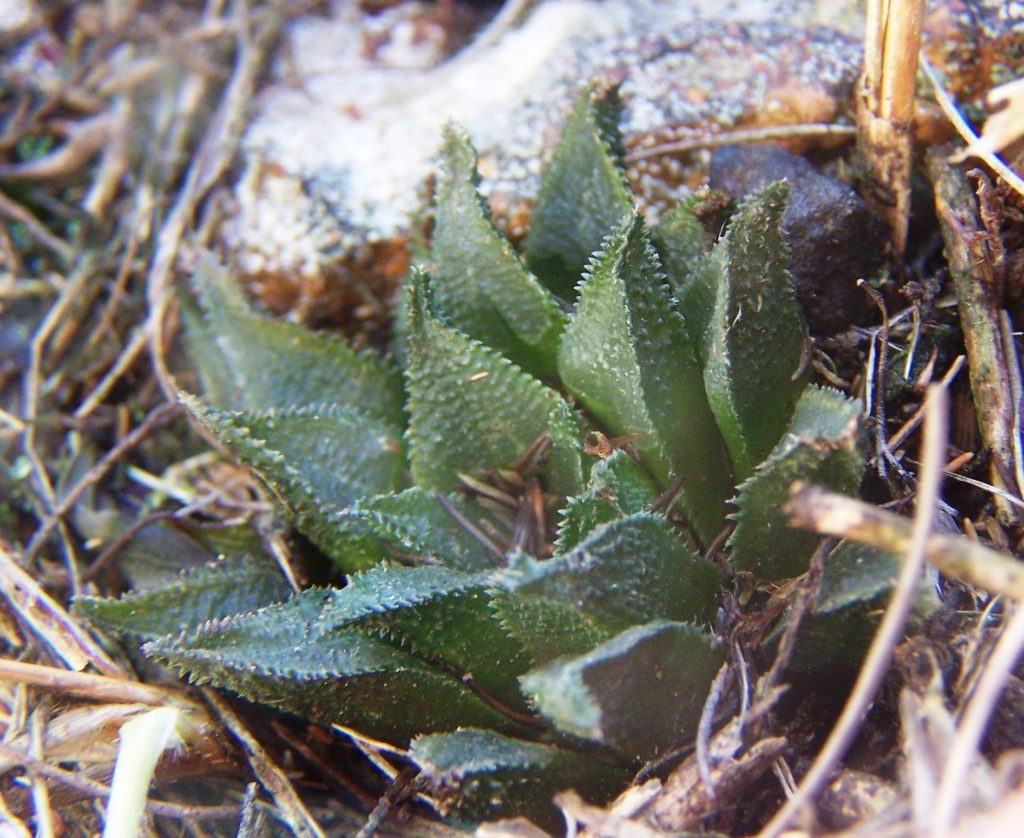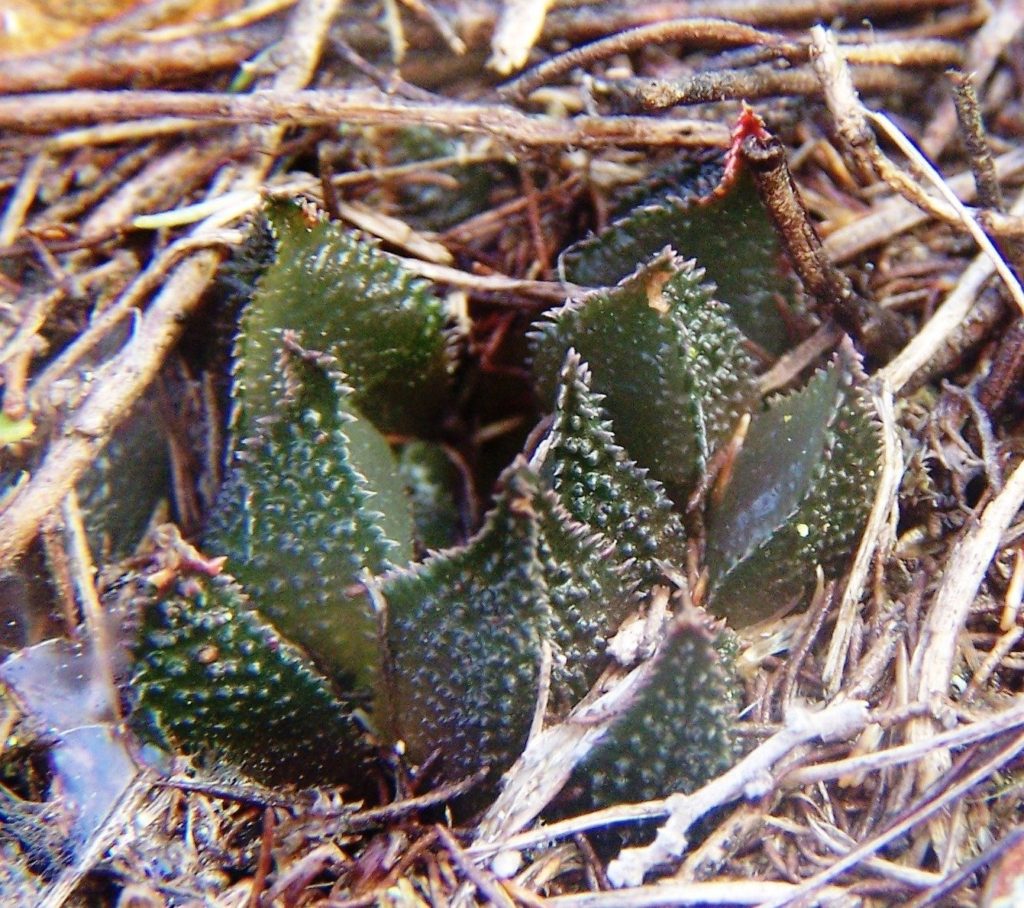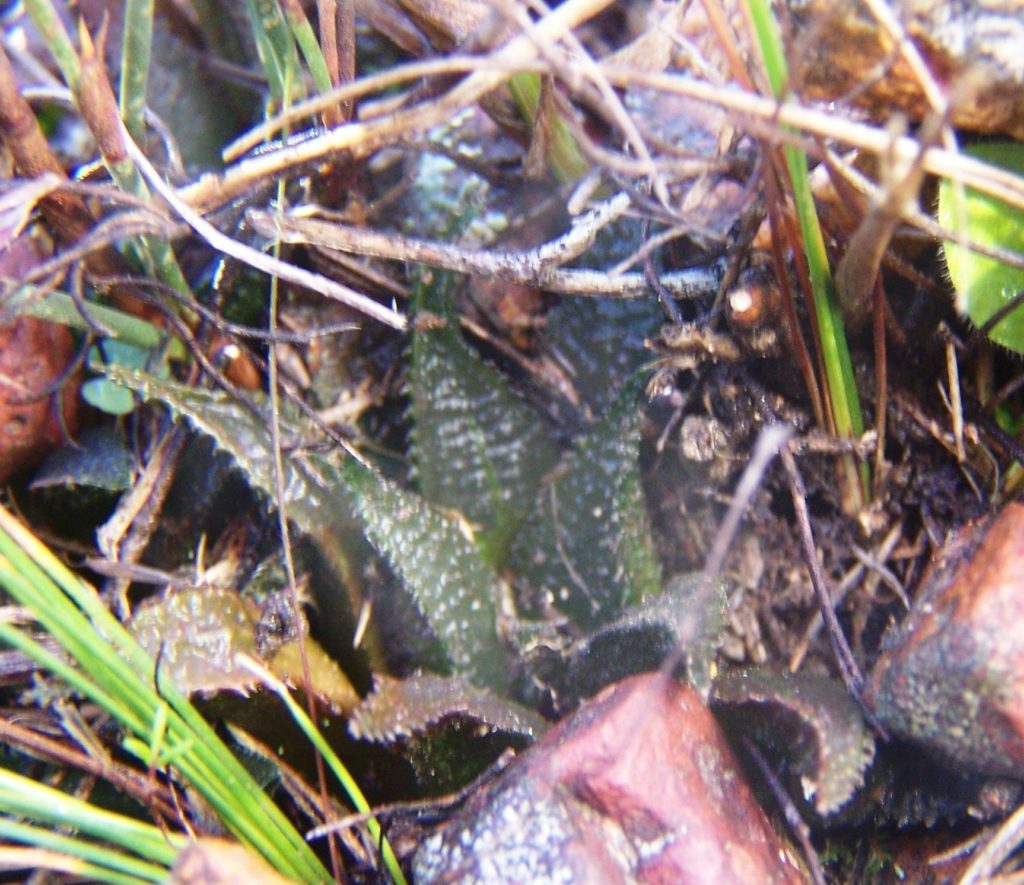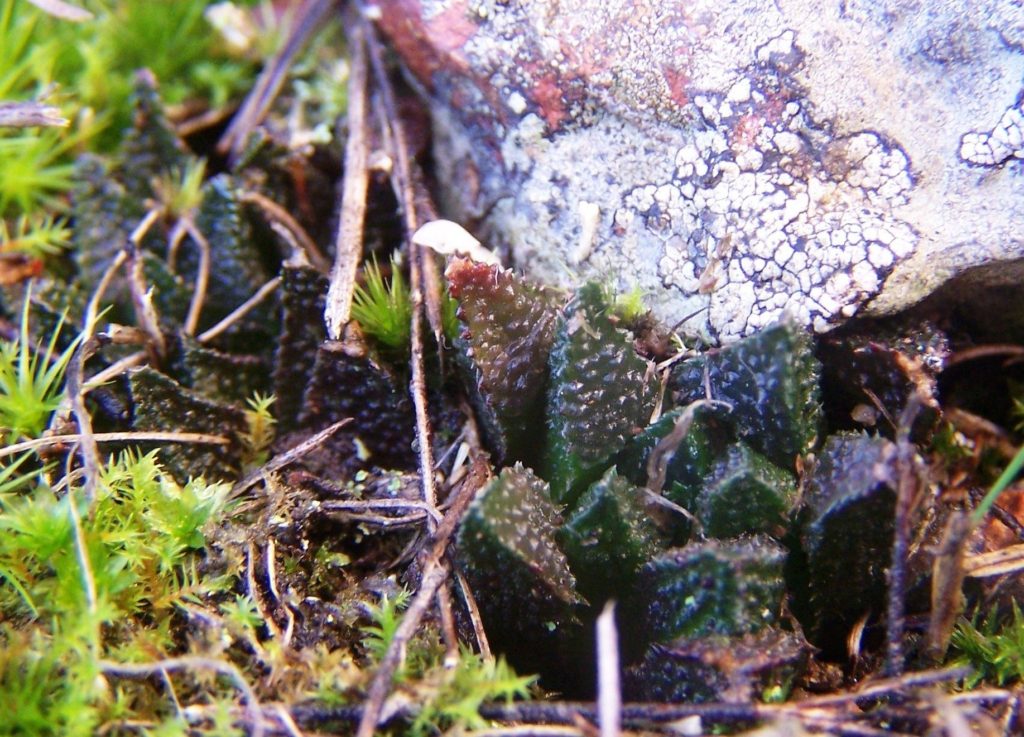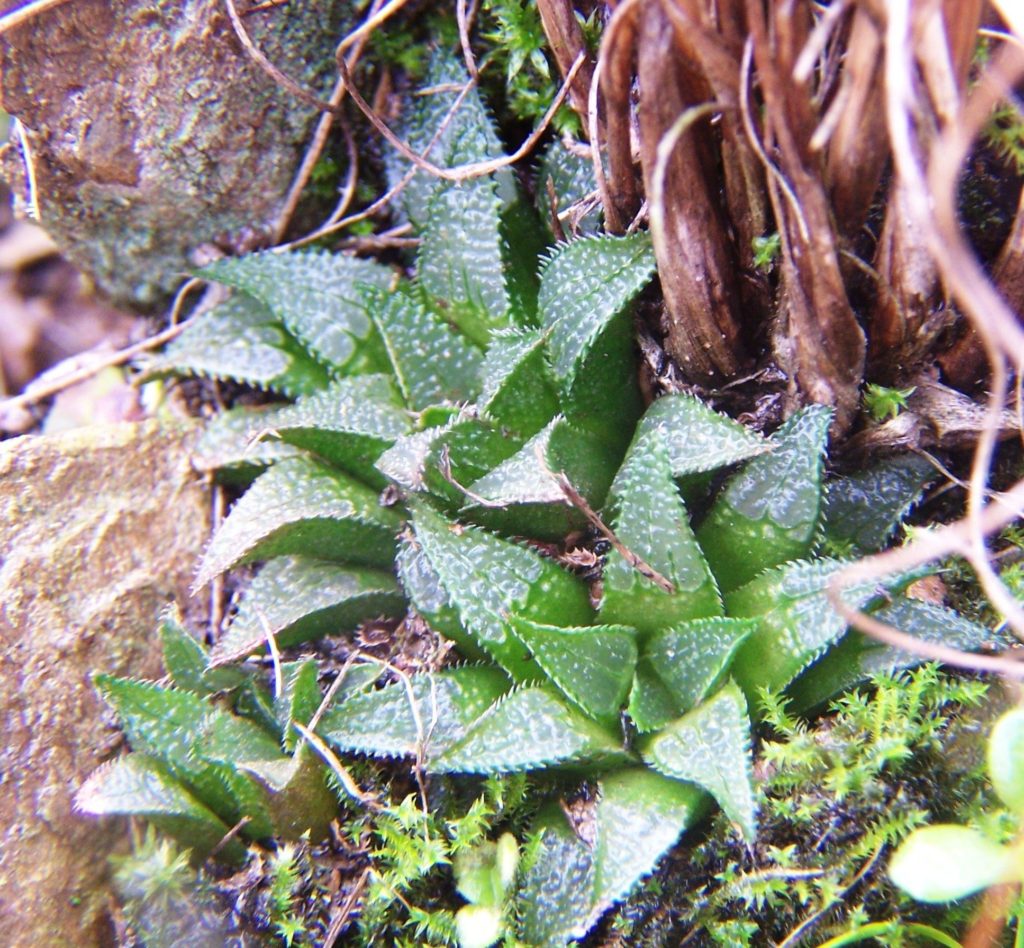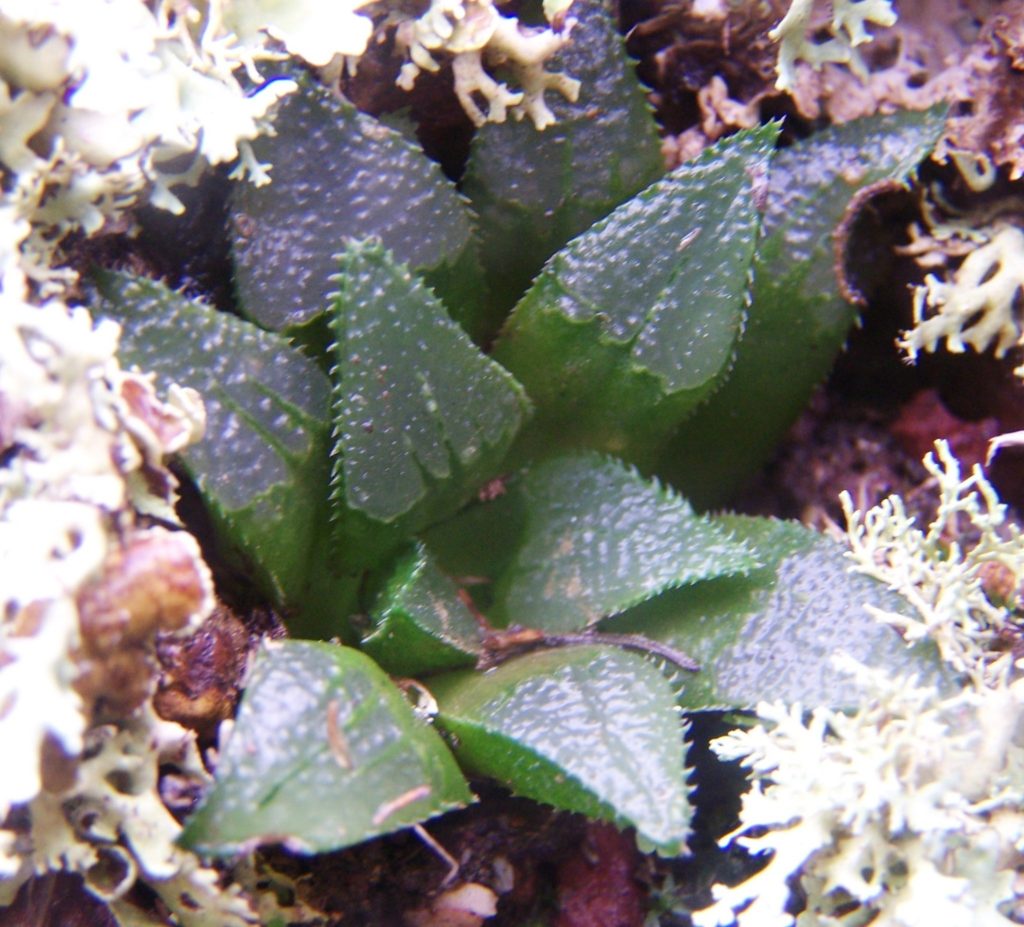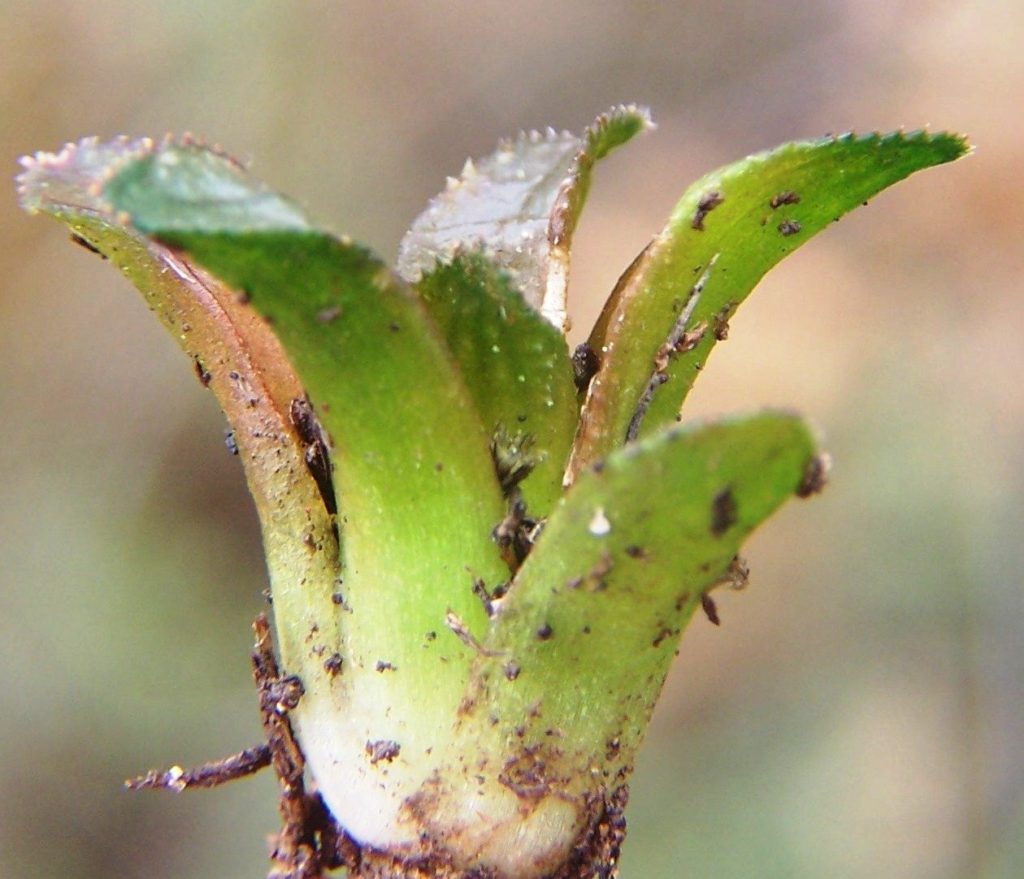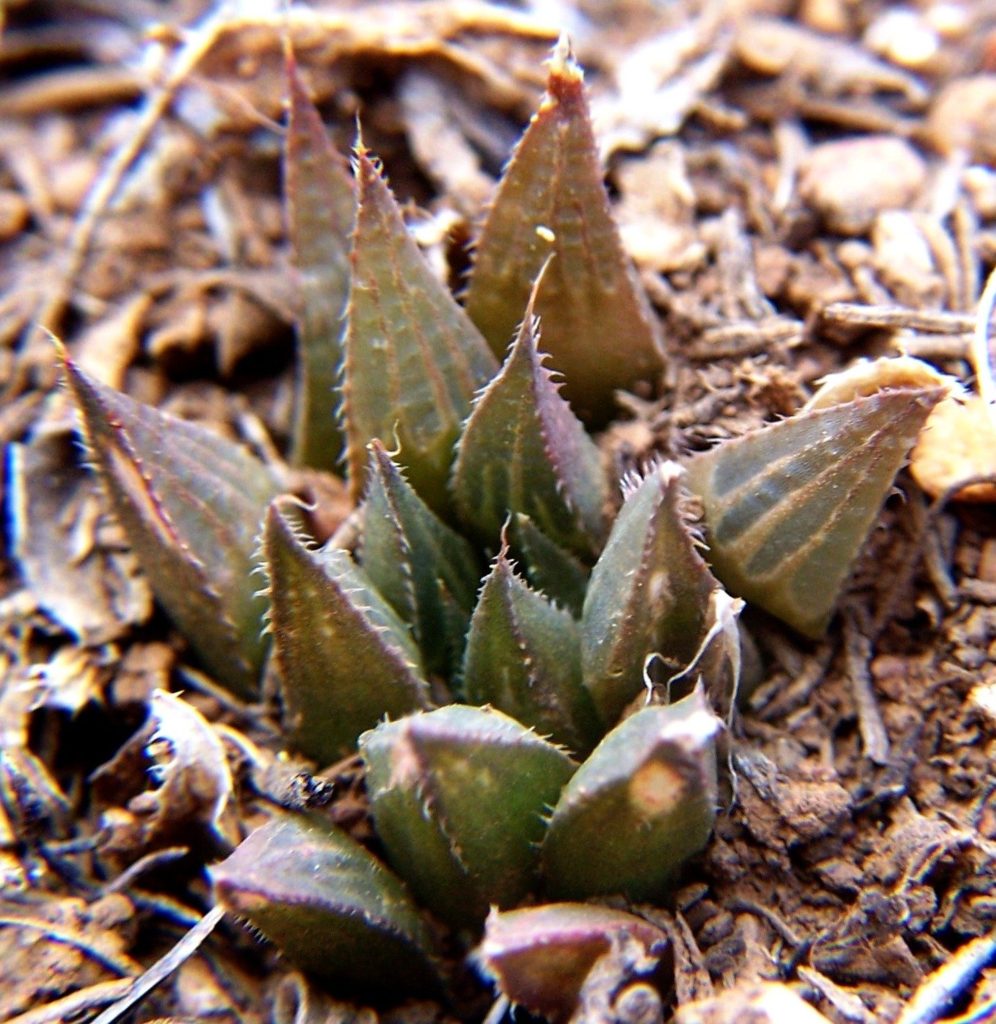These are a bit west of the Slangriver and taken in July during the wet season. So the plants are green, turgid and about as much translucency as they can show. It occurs to me now that I always thought of words rather than pictures, but in this digital age this is about how many pictures needed and of better quality.
Essie Esterhuizen commented “It was in this area where I realised in the early 90’s that I don’t have the ability to sensibly distinguish between the then maraisii, magnifica, mirabilis and heidelbergensis.”
To which Bruce Bayer replied. “Well Essie, its not a question of your ability. It simply cannot be done. Those names just existed because of the history of the subject and even now there is surely some doubt that you and I are stating the fact that a true classification does not meet the perceptions or needs of enthusiasts and collectors. Their need are real and it is time amateur journals started assuming some responsibility for a way of using names that is useful, while being accurate.”
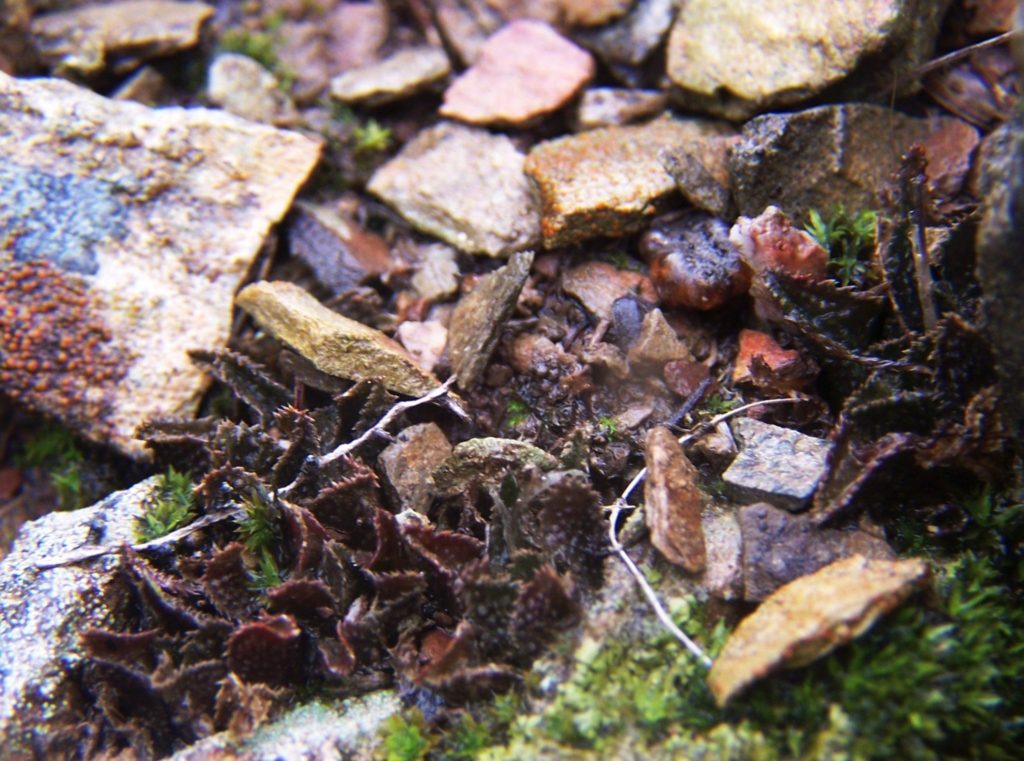
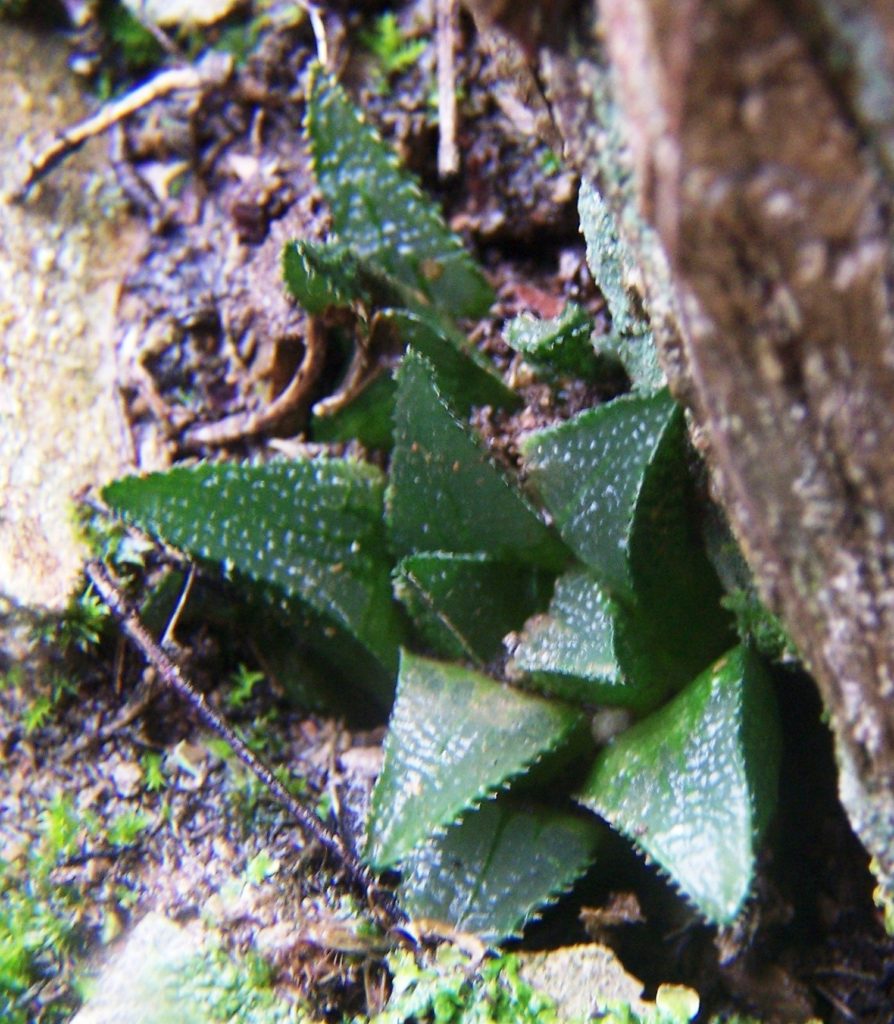
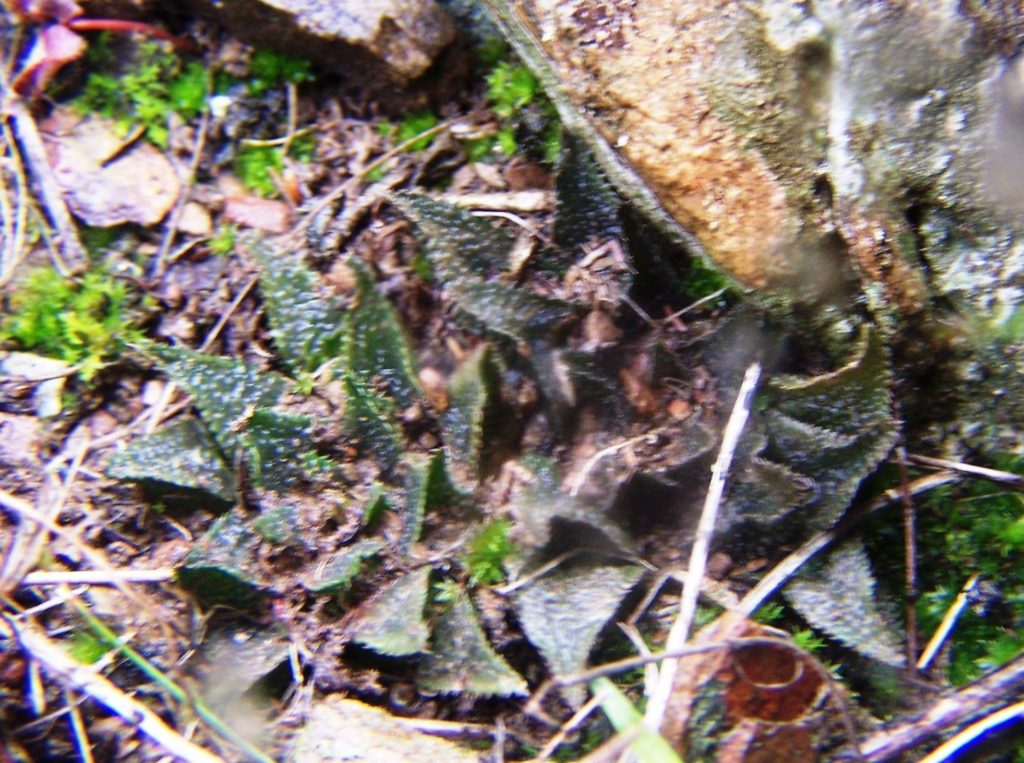
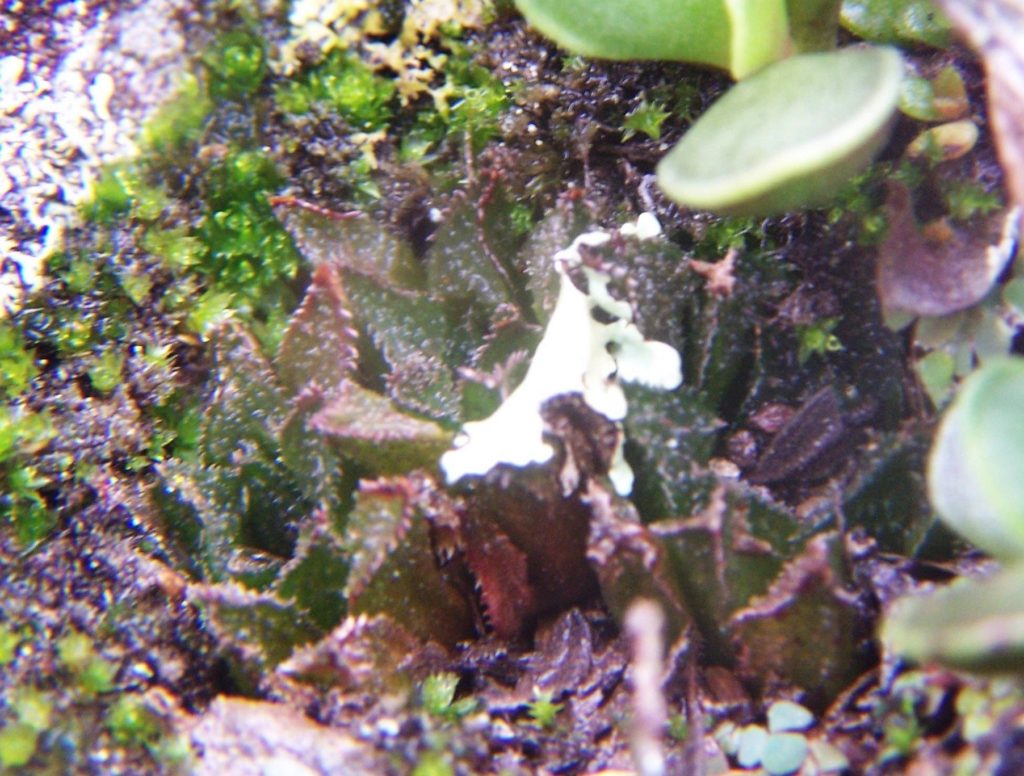
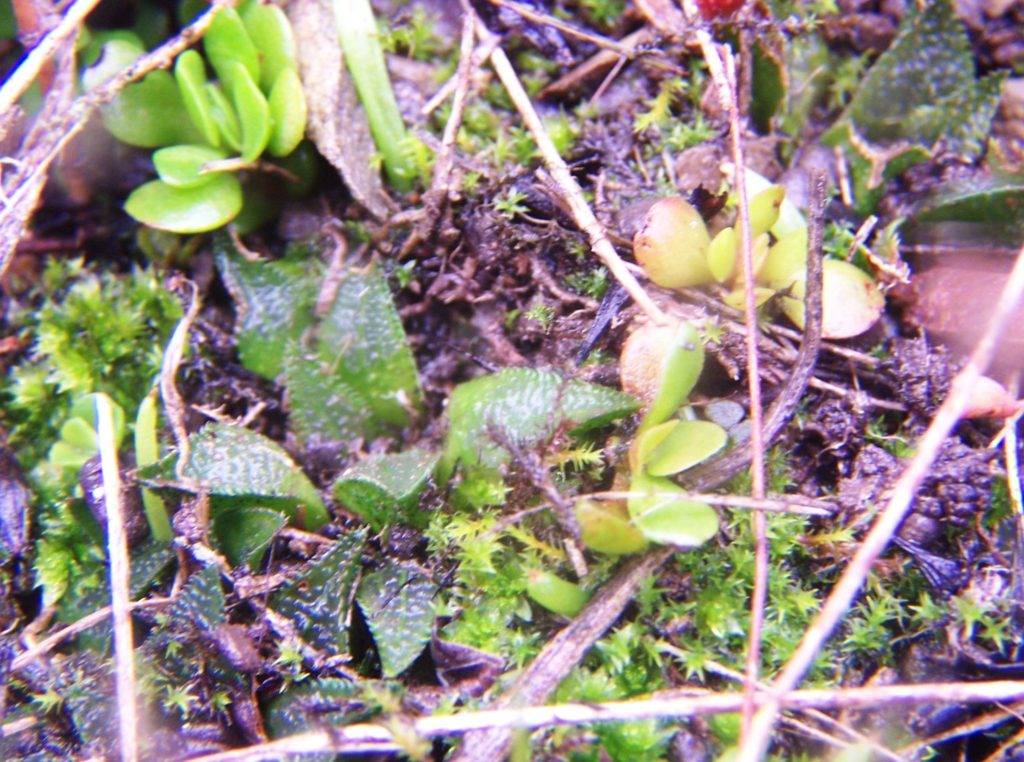

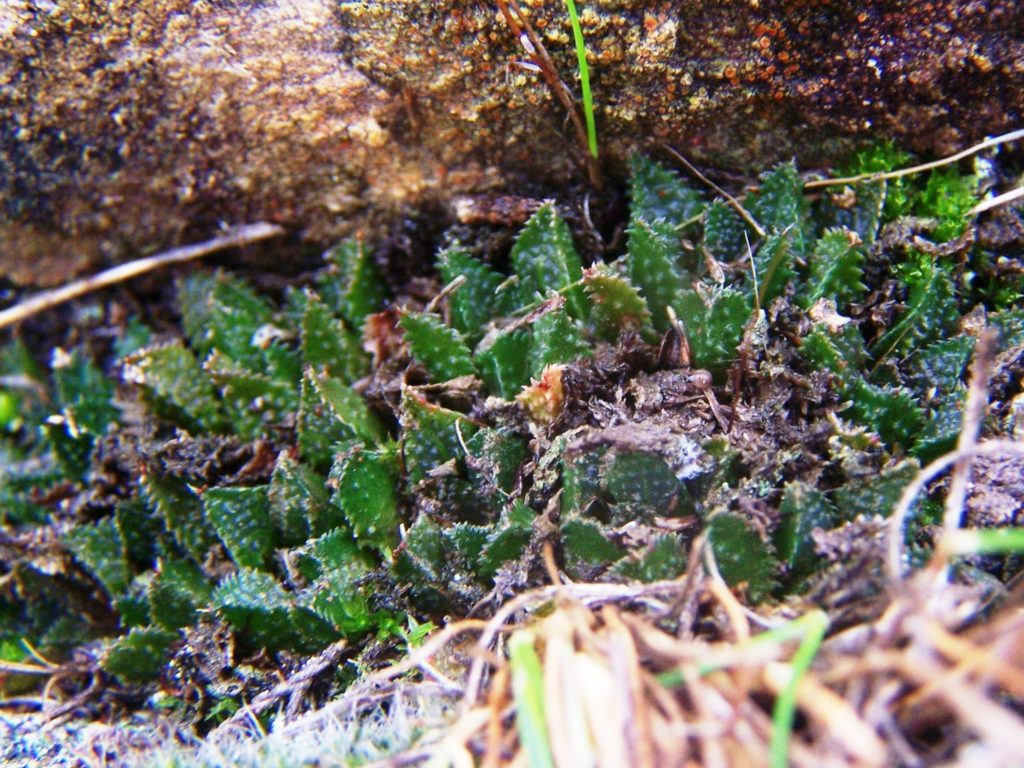


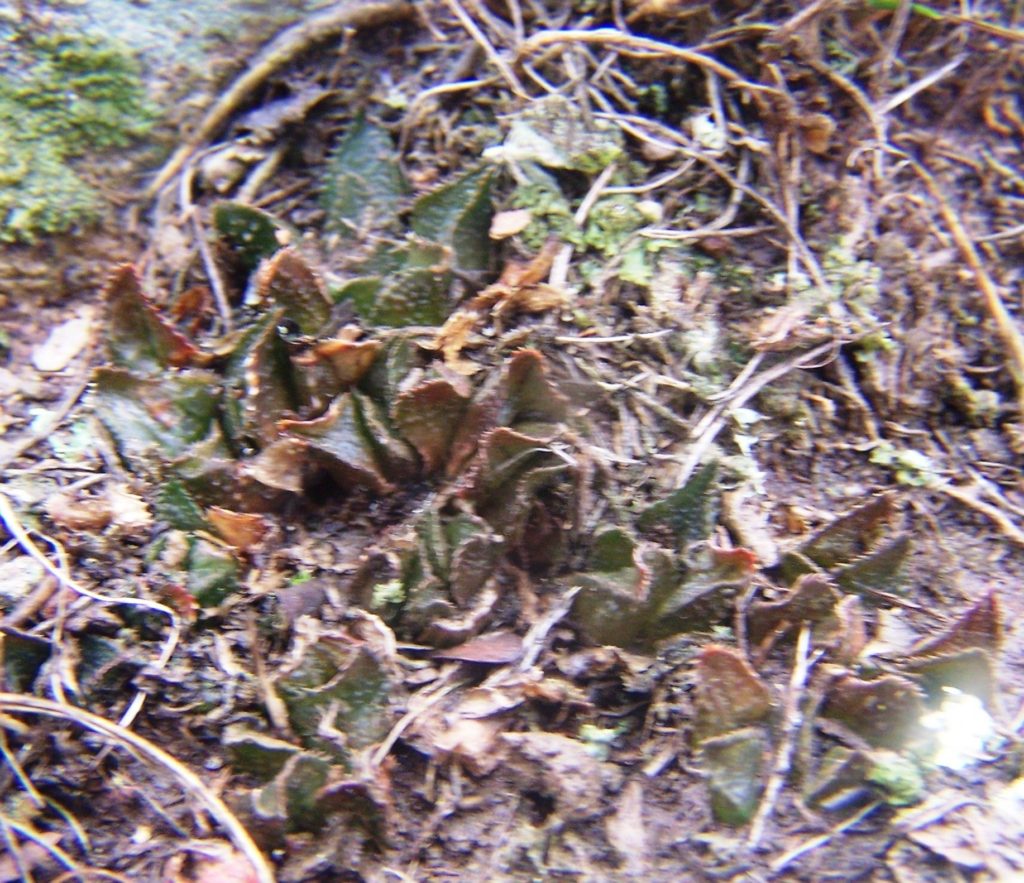
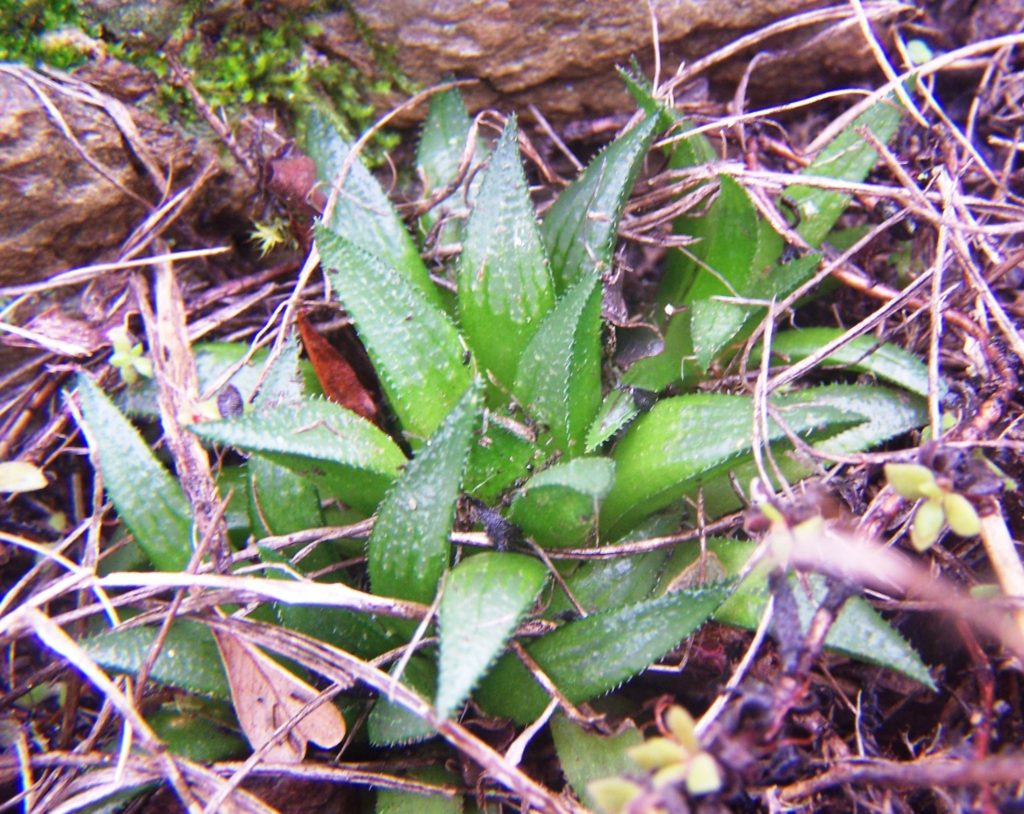
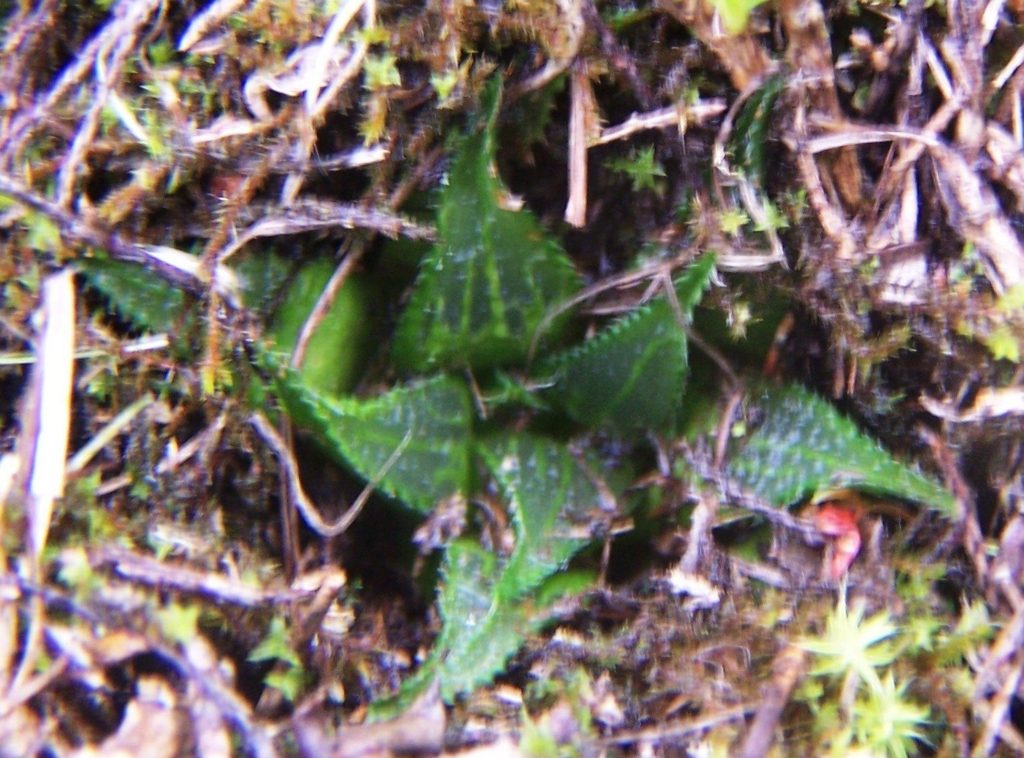
This is also west of the Slangriver and not just making a mockery of any attempt to subdivide H. mirabilis into heidelbergensis, atrofusca, jakubii, magnifica, maraisii, shuldteniana and many more, you can clearly see that floribunda is involved too. I do not know of any floribunda southwest of Heidelberg except the evidence that appears in these small mirabiloids that this is where it has gone. Soumen Aditya is a good observer and it will be nice to know how his opinions of the names that are developing.
Soumen Aditya replies “Sir, true…one population and its species concepts no value at this moment. Horrible variations each single species and definitely link each others. Floribunda is a simple variation under many mirabiloid included maraisii. Thank you.”

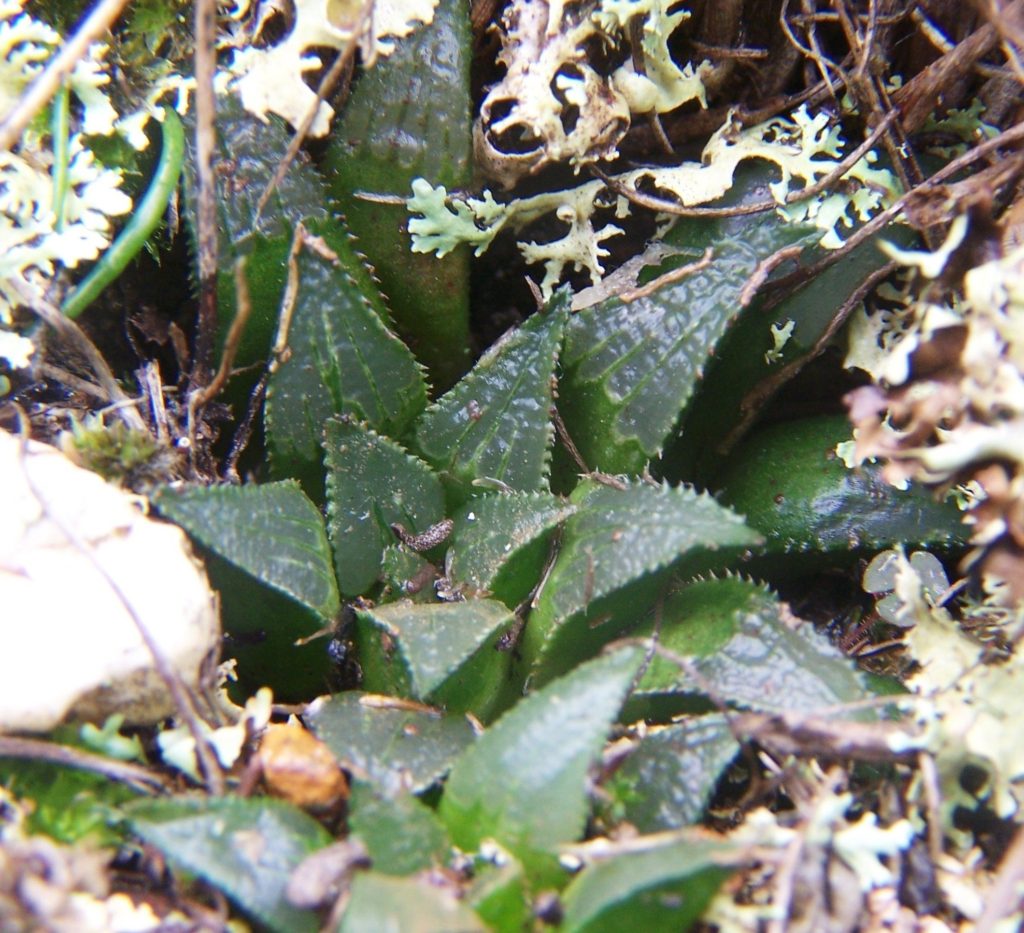
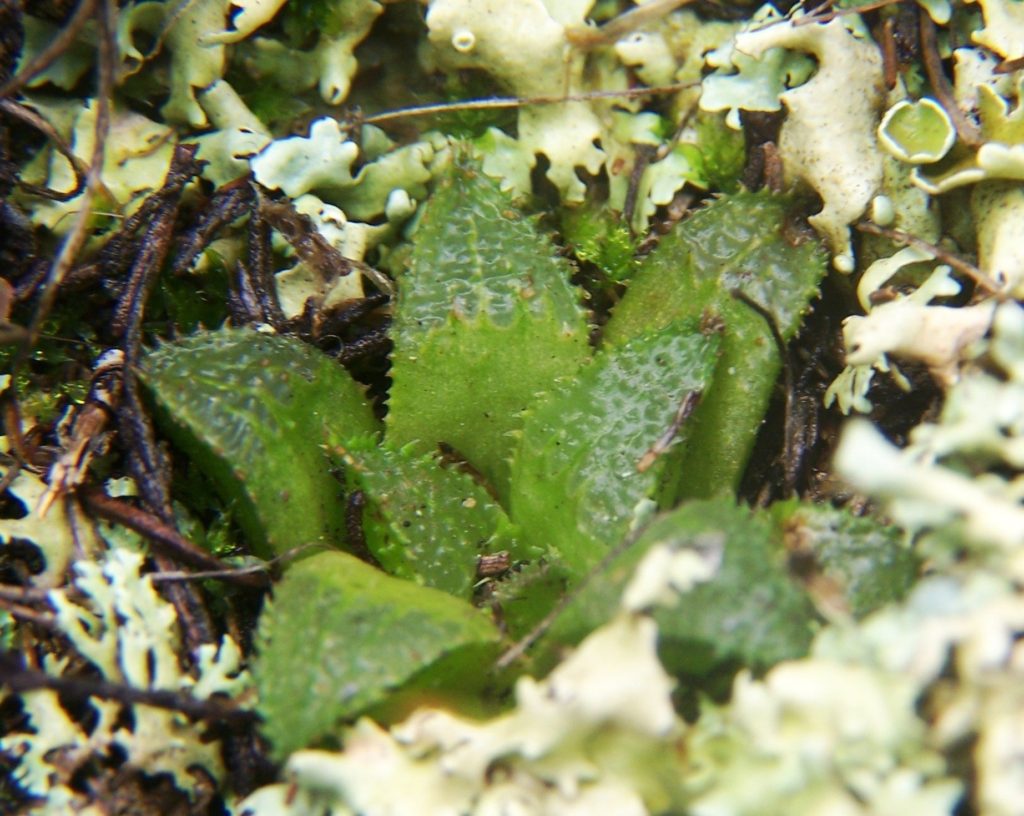
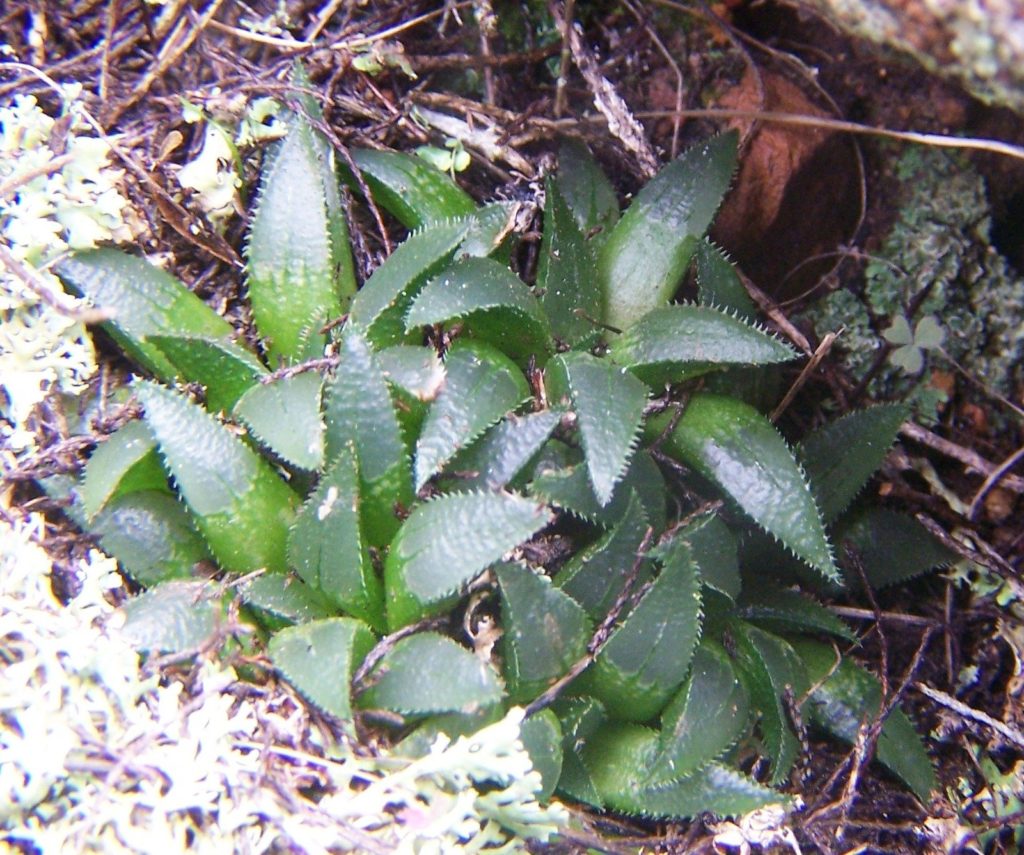
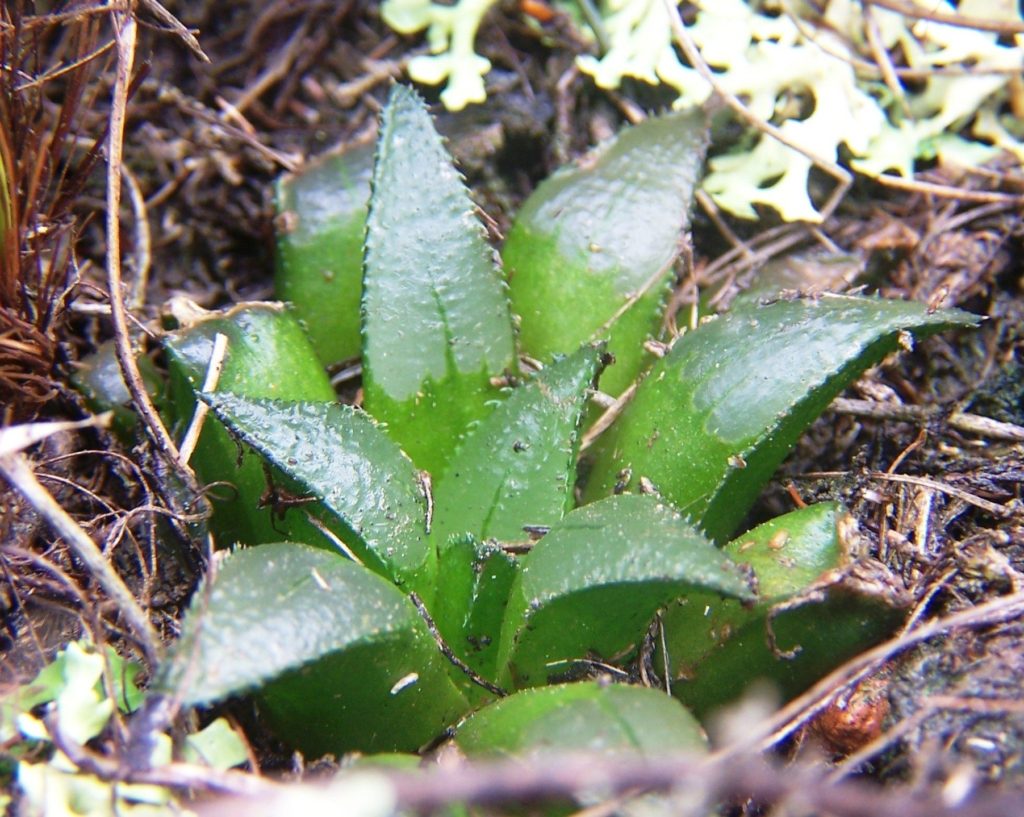
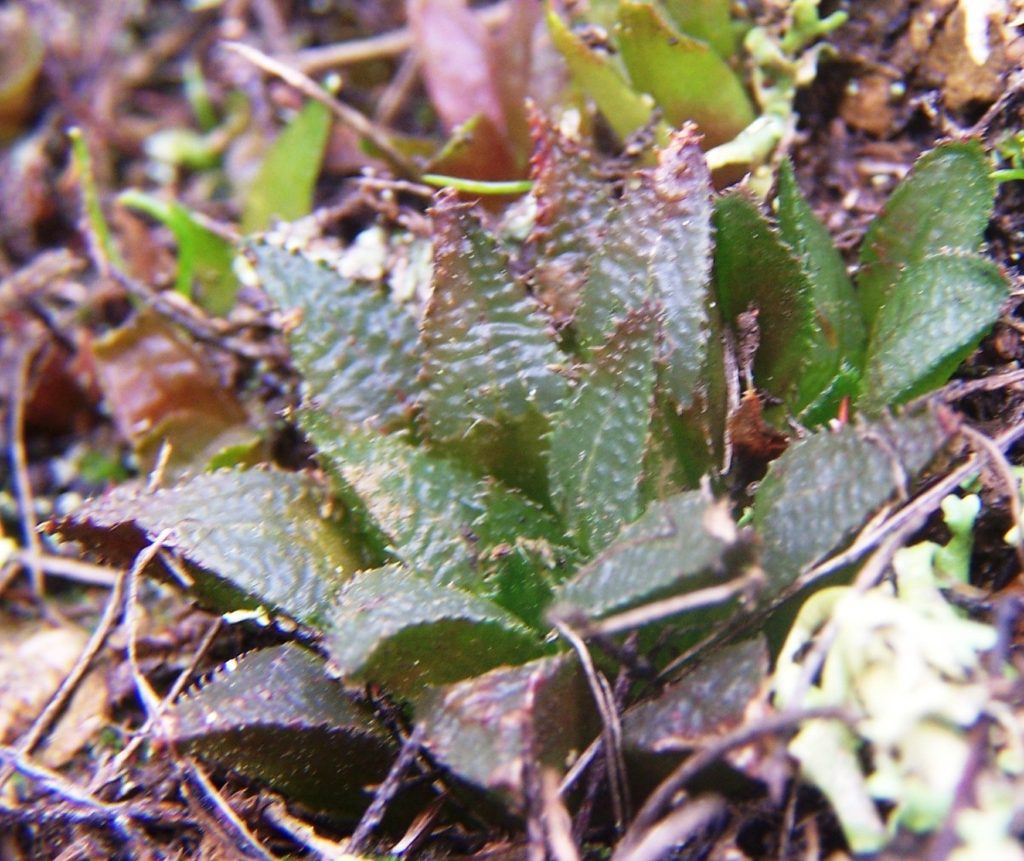
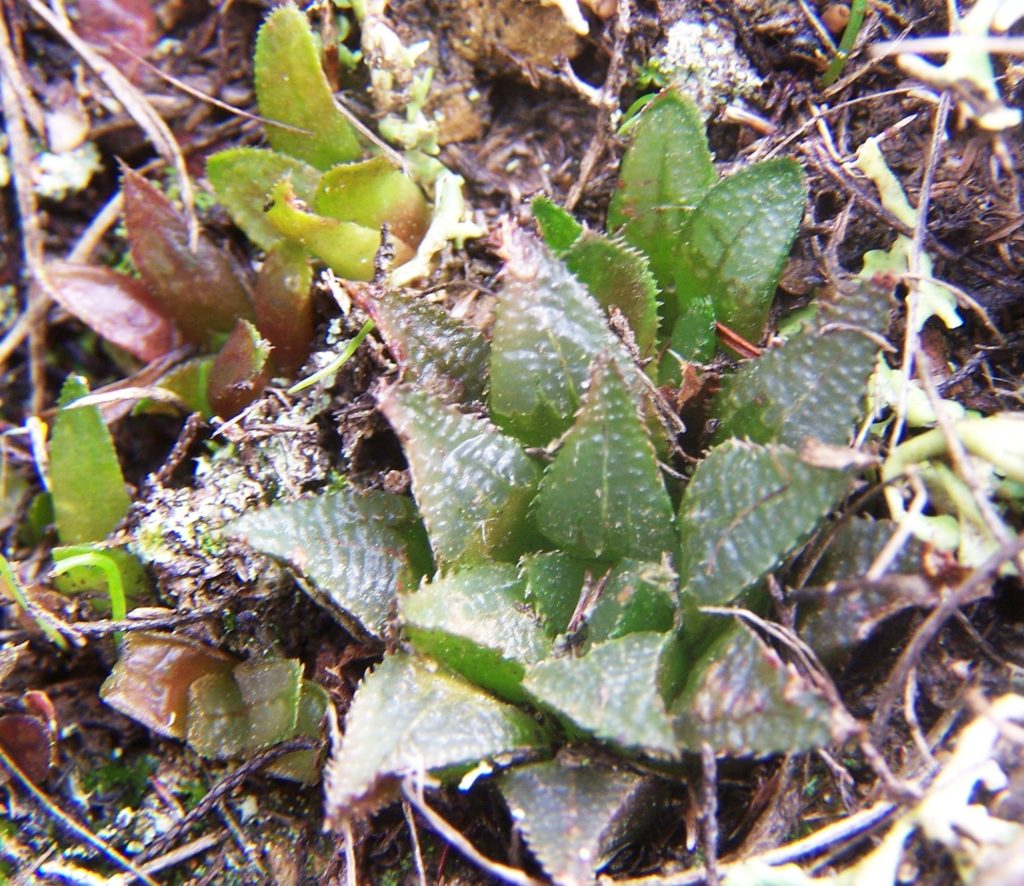

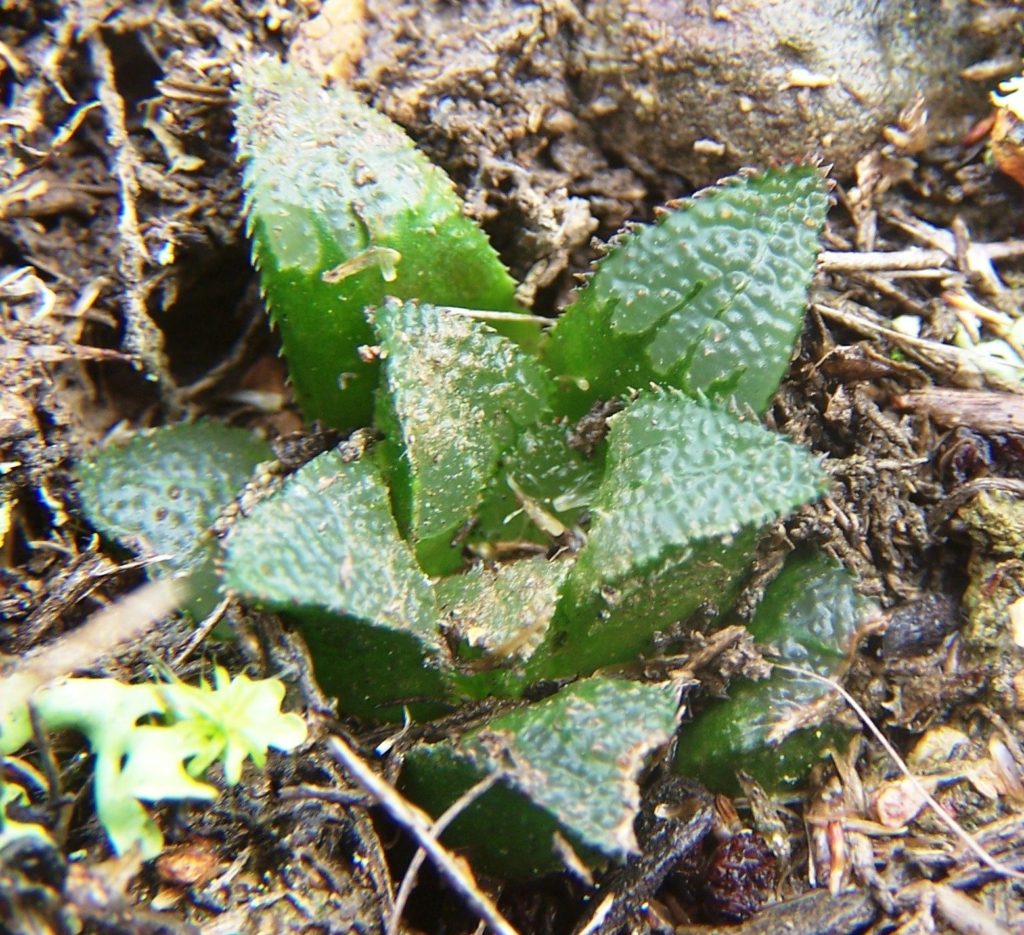

This is a few km downstream on the Slangriver from toonensis and a great opportunity for someone to explore the prediction that more populations will exhibit the similarities that follow geographical order. There are some unique plants in this post and the Slangriver is no stranger to oddity. It is not easily accessible. It follows a strange path – first southward and then westwards to flow into the Breede River between Malgas and Infanta where there are many mirabilis and some turgida variants.
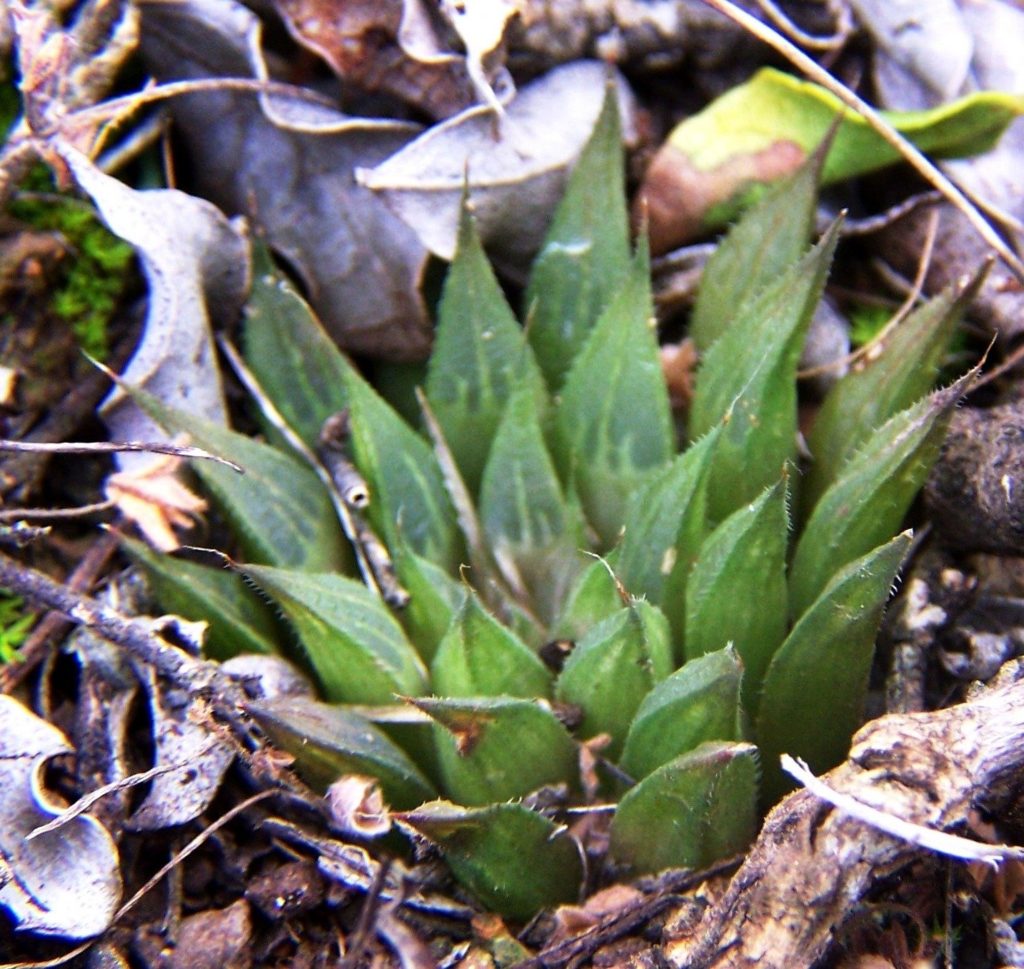
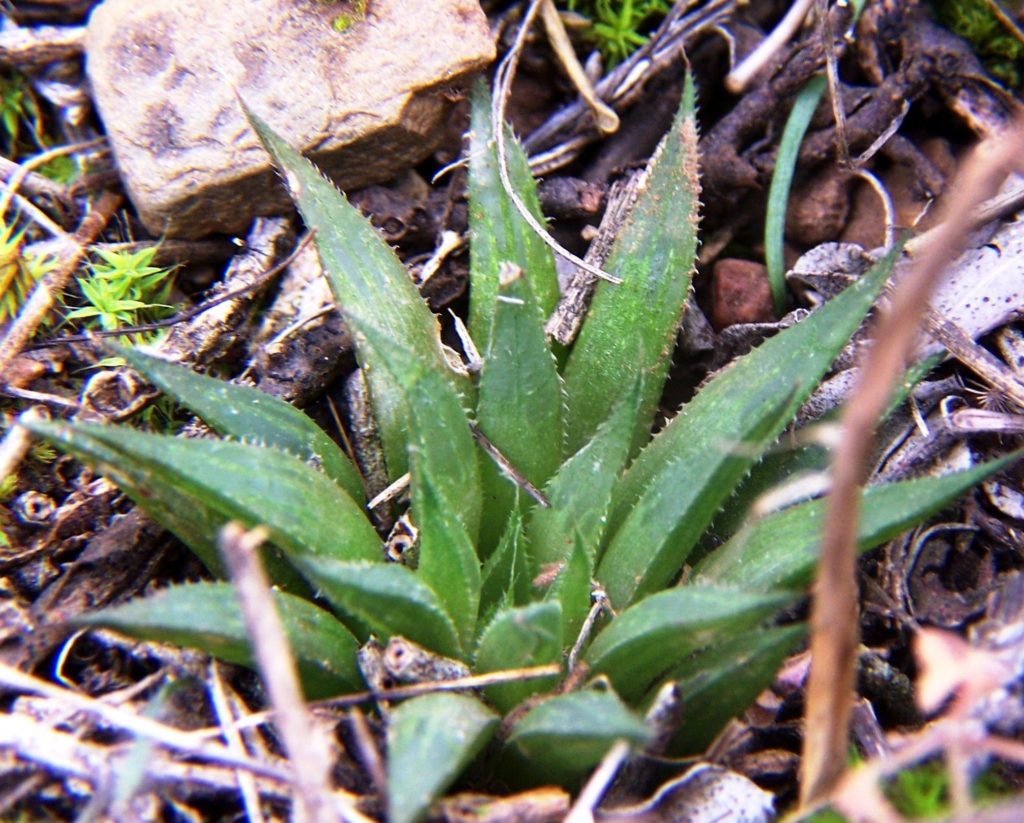
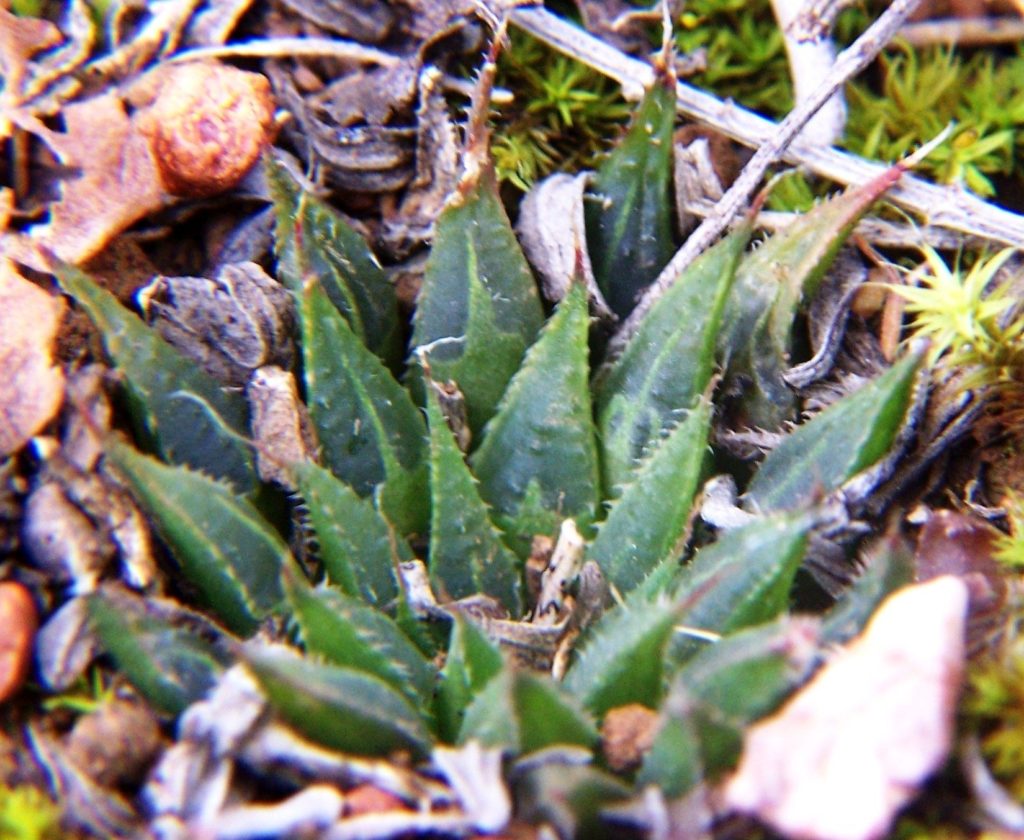

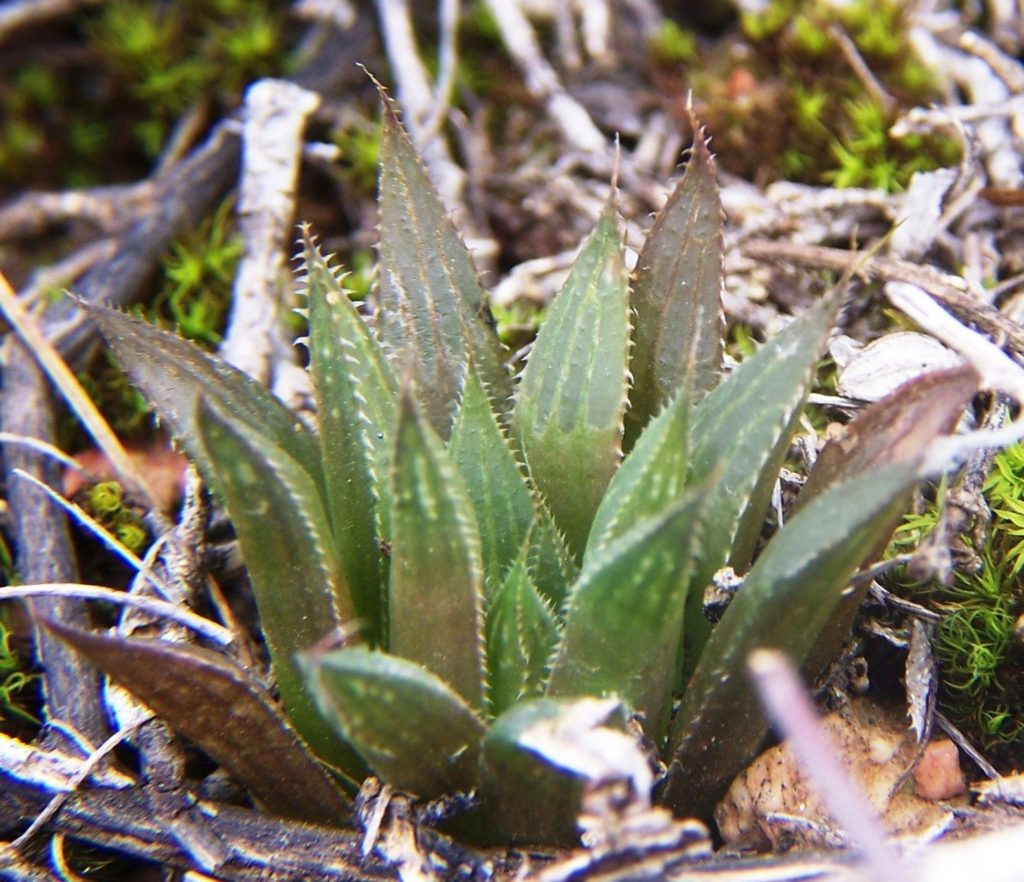
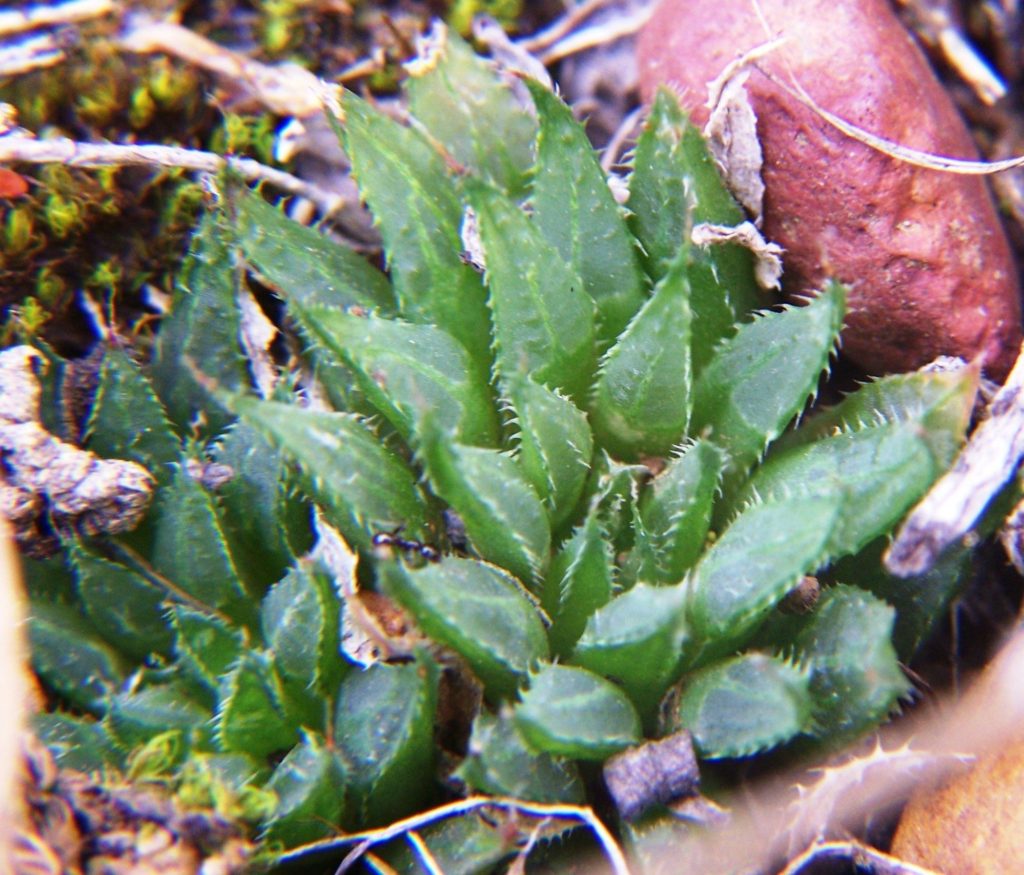
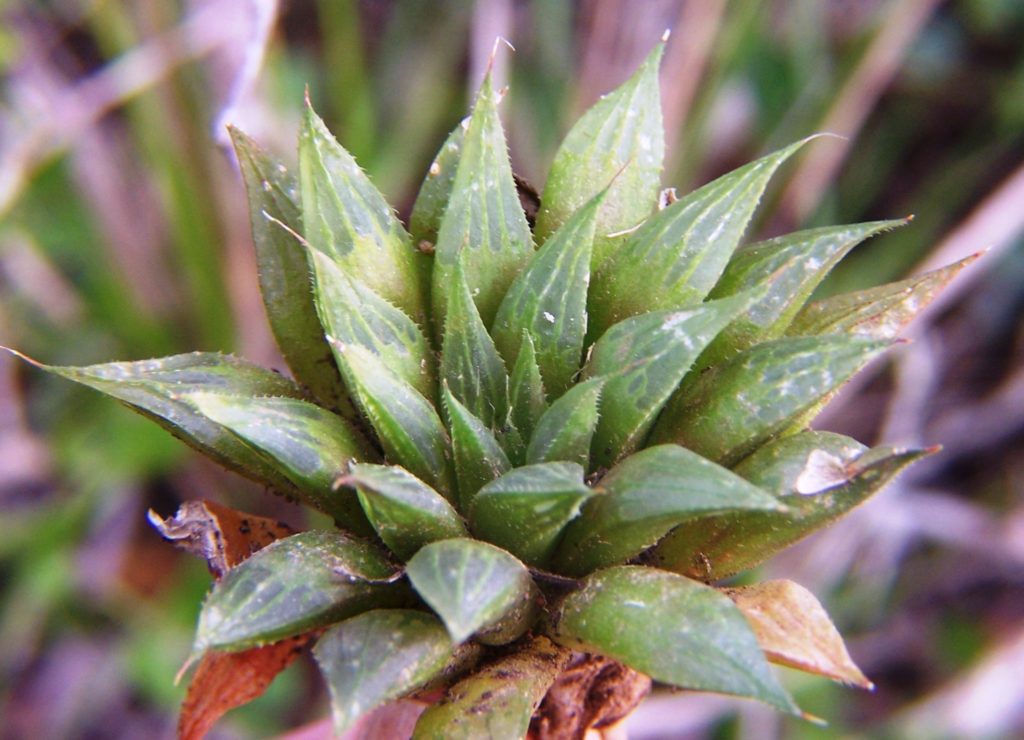
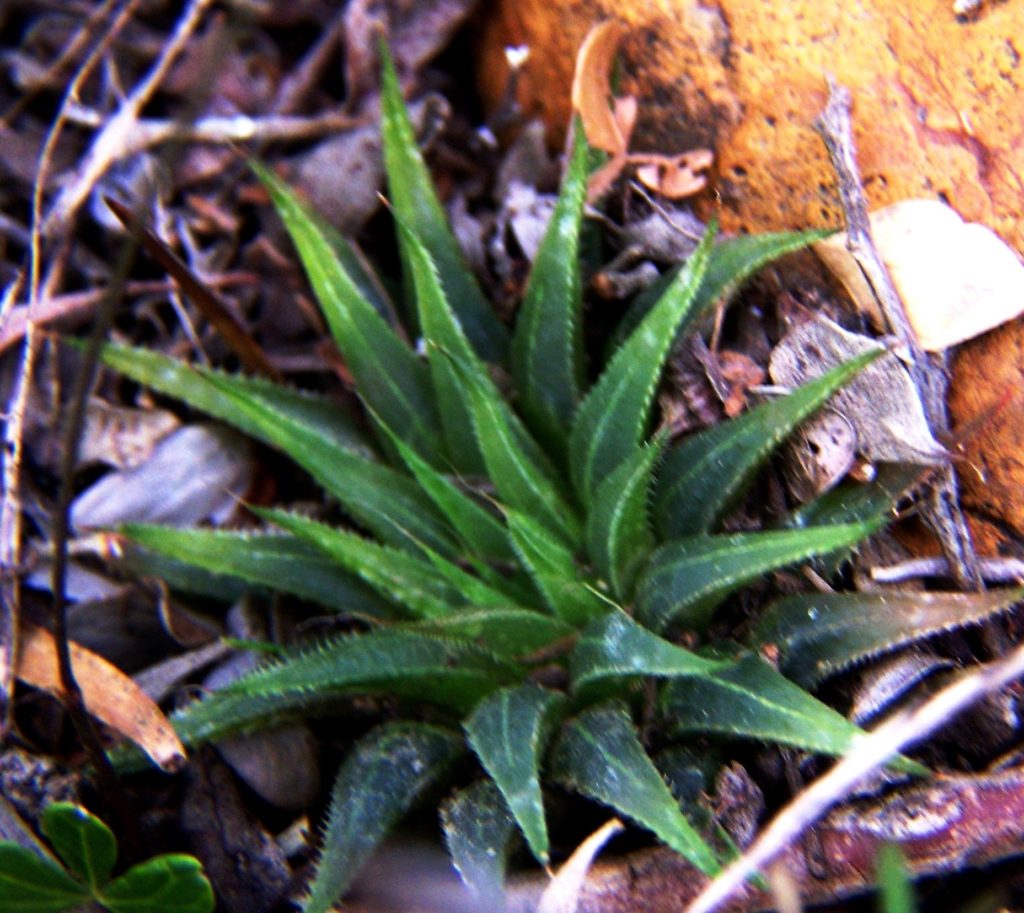

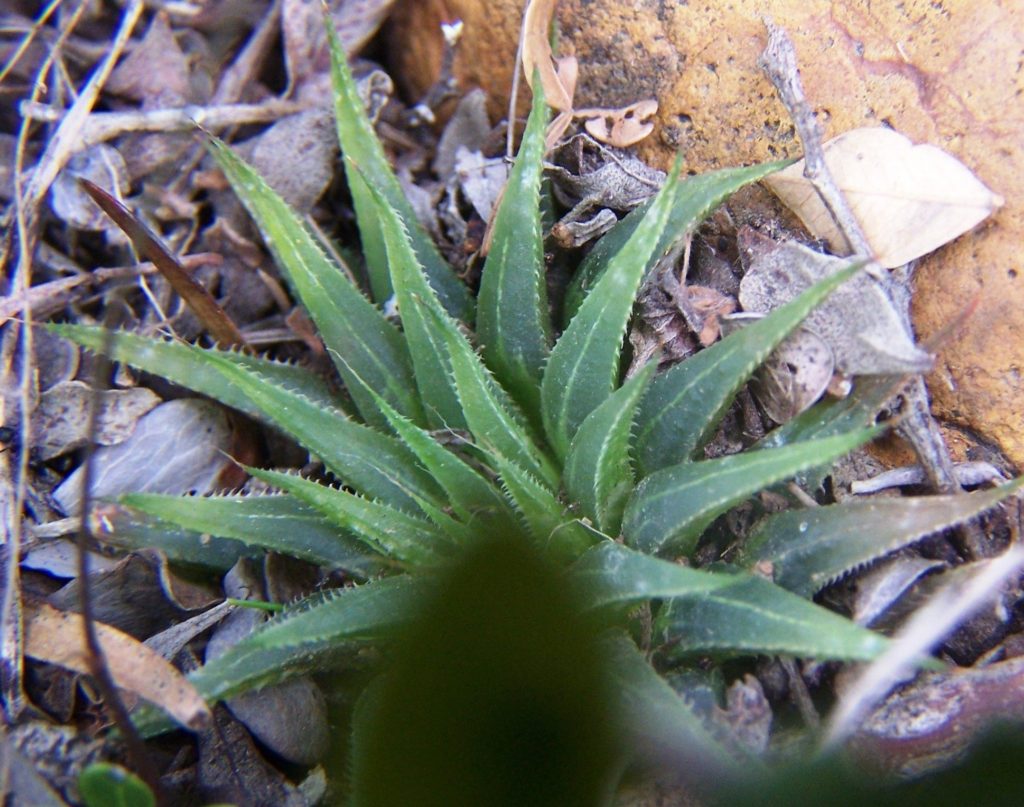

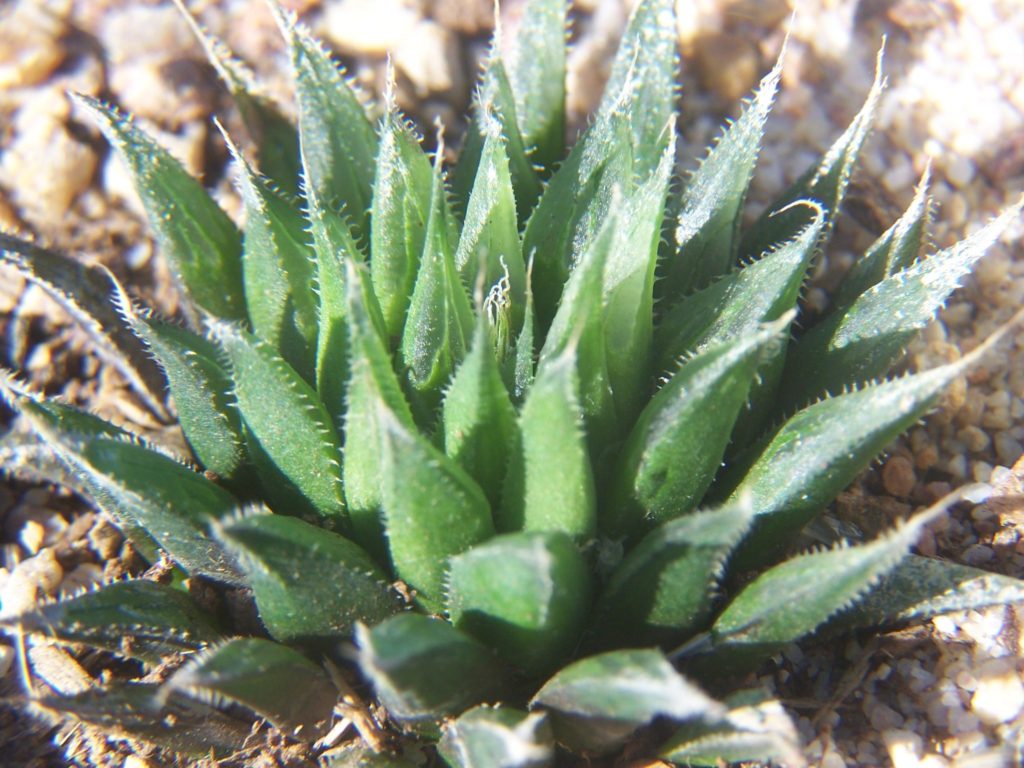
Some way to the northwest and the plants seem to have lost translucency while the leaves are shorter stouter and perhaps darker green. But there are MANY populations of this ilk varying in one direction or another, supporting the truth of Essie’s comment that categorizing them by any of the more relevant names is just not possible.

